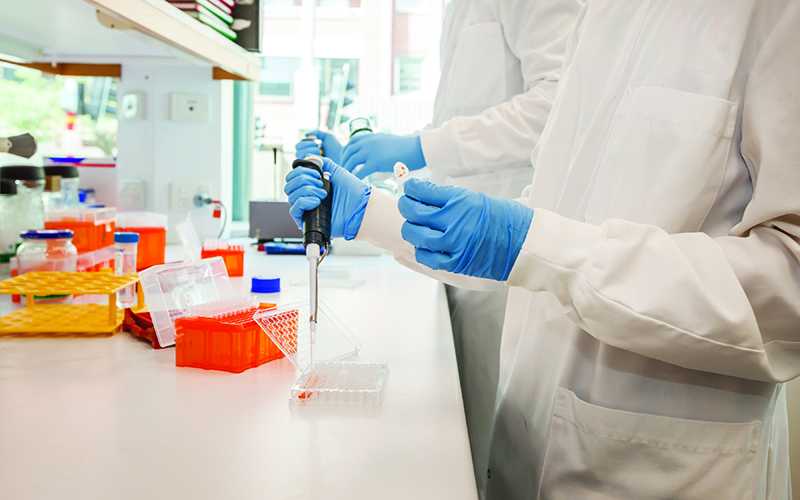
In an Australian-first, The Kids Research Institute Australia researchers have developed a new tool that could improve outcomes for children with a highly aggressive type of brain cancer.
Radiation-induced glioma (RIG) is a secondary cancer caused by radiation therapy, arising many years after the treatment of the initial tumour.
RIG is a rare complication affecting less than four per cent of patients who undergo intensive radiation to the head and spine as part of their treatment for brain tumours. RIGs can look similar to other brain tumours on scans, and can be mistakenly diagnosed as different brain cancer types.
There is currently no effective treatment for RIG and relatively little is known about the genetic changes that occur in these tumours.
Funded by the Pirate Ship Foundation, researchers from the Telethon Kid’s Brain Tumour Research laboratory were able to successfully grow RIG tumour cells in the lab – the first time this has been achieved in Australia and just the second time globally. The findings have been published in the oncology journal Cancers.
The Kids Brain Tumour Research Co-Head Raelene Endersby said the study used cells from a child who was successfully treated for brain cancer at the age of four, but who lost their battle after developing RIG years later as a teenager.
“This is a very rare but devastating form of cancer for families who’ve been through numerous treatments for the initial cancer,” Dr Raelene Endersby said.
“Being able to successfully mimic this cancer in the lab is a critical step in the fight against this deadly disease.
“We have never been able to properly study this form of cancer in the lab before, and now we hope to be able to give more answers so no child or their family has to go through this again.”
Project lead researcher Dr Jacqueline Whitehouse said being able to faithfully replicate human RIG in the lab has allowed the team to identify genetic changes specific to this tumour and find targeted therapies that could be used against this devastating form of cancer.
“The cells also allow us to test new treatments, with the hope of improving the prognosis for patients diagnosed with this disease,” she said.
“At the moment, this type of cancer is invariably fatal and most patients pass away within a year.
“We hope this research will lead to further breakthroughs that will dramatically improve the outcomes for those children.”
Dr Whitehouse said finding the right mix of therapies could improve these kids’ quality of life, giving them precious time to spend with their loved ones.
“We are still learning so much about this aggressive cancer and it is really vital that we do this work to get a better understanding of it,” she said.
